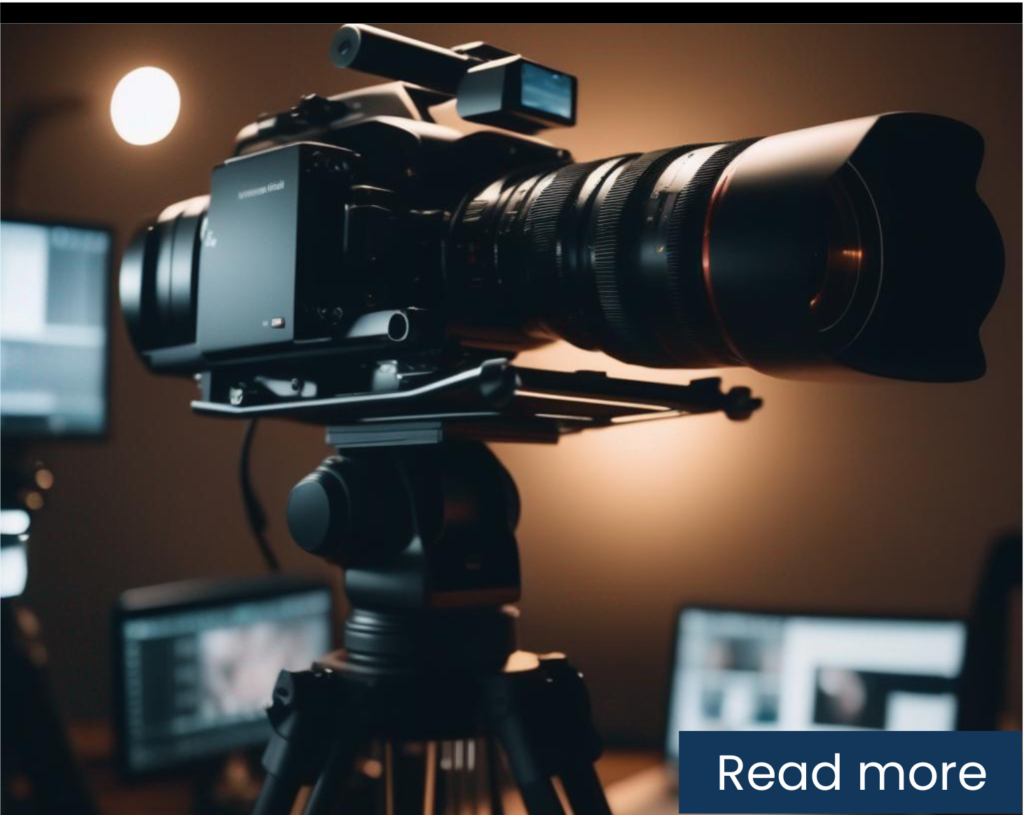The ‘be going to’ construction in English is a versatile and widely used form to express future intentions and plans. Understanding its formation, usage, and distinction from other future tenses is crucial for effective communication in English.
Formation of ‘Be Going To’
The formation of the ‘be going to’ construction involves a present tense form of the verb ‘to be’ (am, is, are), followed by ‘going to’ and the base form of the main verb. This structure is pivotal in indicating a plan or decision regarding the future.
Examples:
I am going to start a new hobby.
She is going to travel to Italy next summer.
They are going to renovate their house.
Basic Rules and Structure
In this construction, the verb ‘to be’ changes according to the subject, while ‘going to‘ and the base verb remain constant. This consistency makes ‘be going to’ a relatively straightforward structure to learn and use.
Examples:
We are going to watch a movie tonight.
He is going to apply for a new job.
You are going to love this restaurant.
Distinction from Other Future Forms
Understanding the distinction between ‘be going to’ and other future forms, such as the simple future tense (will/won’t), is essential:
Planned Actions vs. Spontaneous Decisions: ‘Be going to’ is typically used for actions that are planned or decided upon before the moment of speaking. In contrast, the simple future tense using ‘will’ is often used for spontaneous decisions made at the moment of speaking.
Predictions Based on Evidence vs. General Predictions: ‘Be going to’ is also used for predictions when there is present evidence or signs pointing to a future event. The simple future tense (will), however, is used for predictions based more on opinion or without specific evidence.
Examples:
It’s going to rain (dark clouds are visible).
It will probably rain tomorrow (general prediction).
Nuances in Usage
The ‘be going to’ construction is not only about grammar but also about the speaker’s perspective and context. It’s used when the speaker feels a certain degree of control or certainty about the future action, or when there are clear indications that the action will take place.
Conclusion
The ‘be going to’ construction is a fundamental part of expressing future plans and intentions in English. Its proper use reflects not only a grasp of English grammar but also an understanding of the nuances in conveying future actions. In the next sections, we will delve deeper into its specific uses, how to form questions and negatives, and practical tips for its usage.








